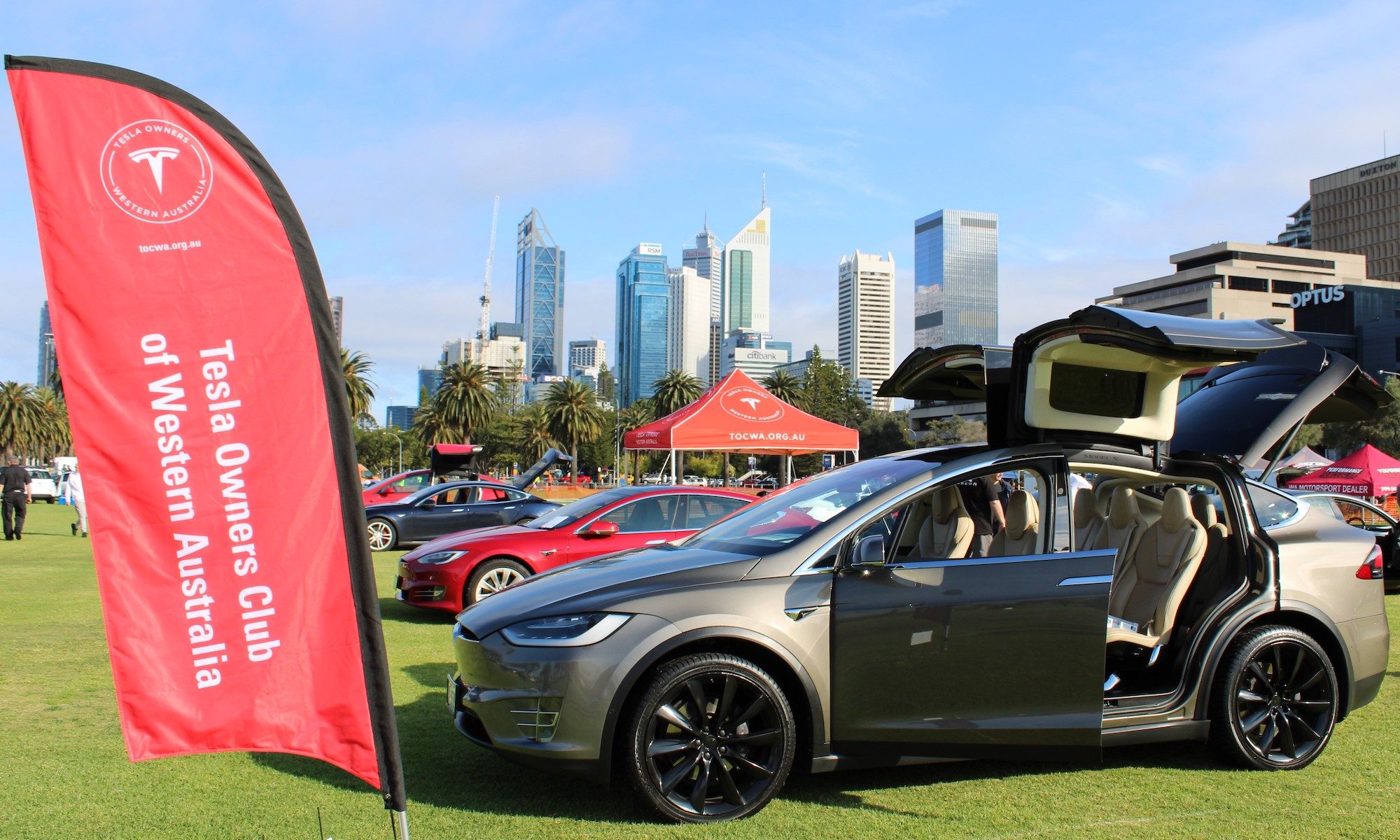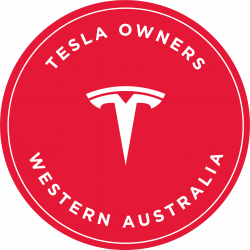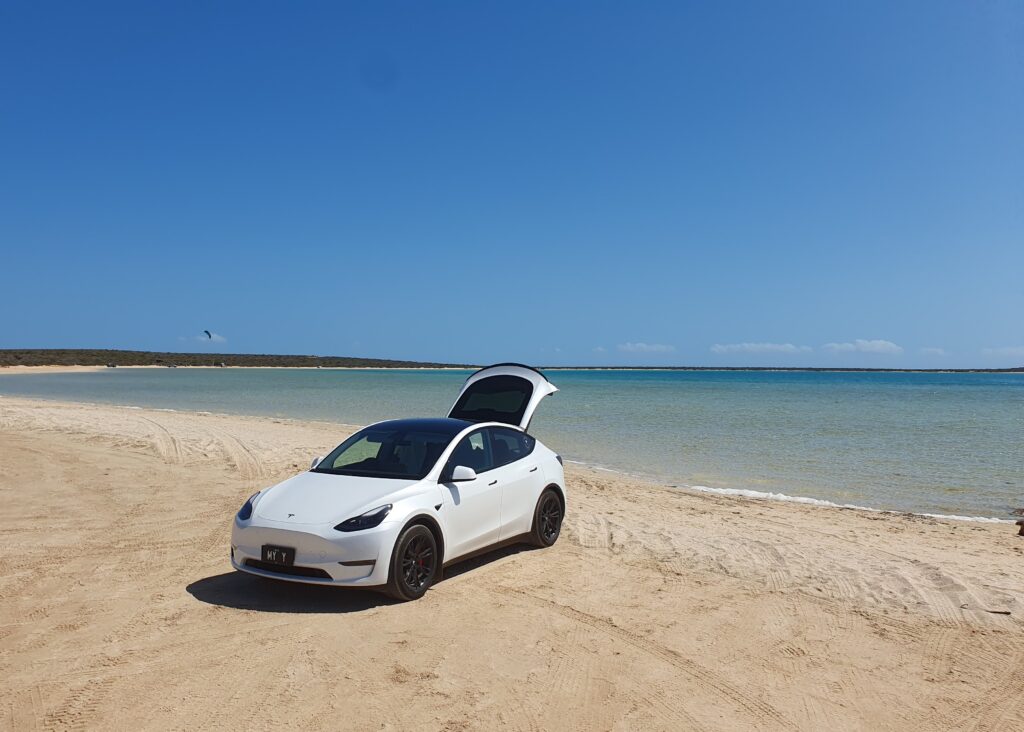For those wondering about portable internet on the go, we’ve been using the Starlink Mini (about $780) while travelling we were going to purchase the original as it is much cheaper and can get faster speeds, but the mini does not need a separate router and does fine for us. It runs on low voltage (20-60V DC), making it versatile with different power options. The default 5525 barrel connector cable is 15m long and works well, but it’s not always easy to find compatible power sources.

Luckily, we found a workaround with a third-party USB-C cable from Amazon (around $30), which runs off any USB-C Power Delivery (PD) socket. This has worked flawlessly to power our Starlink Mini from our car’s socket with a PD adaptor, which also we use to charge our MacBook or ipad with no need for any inverter. The Starlink only needs about 25W-50W, so the 100W-rated USB-C cable is more than enough. The trade-off is that the USB-C cord is only 3 meters, compared to the original 15 meters, but it’s perfect for use in the car.
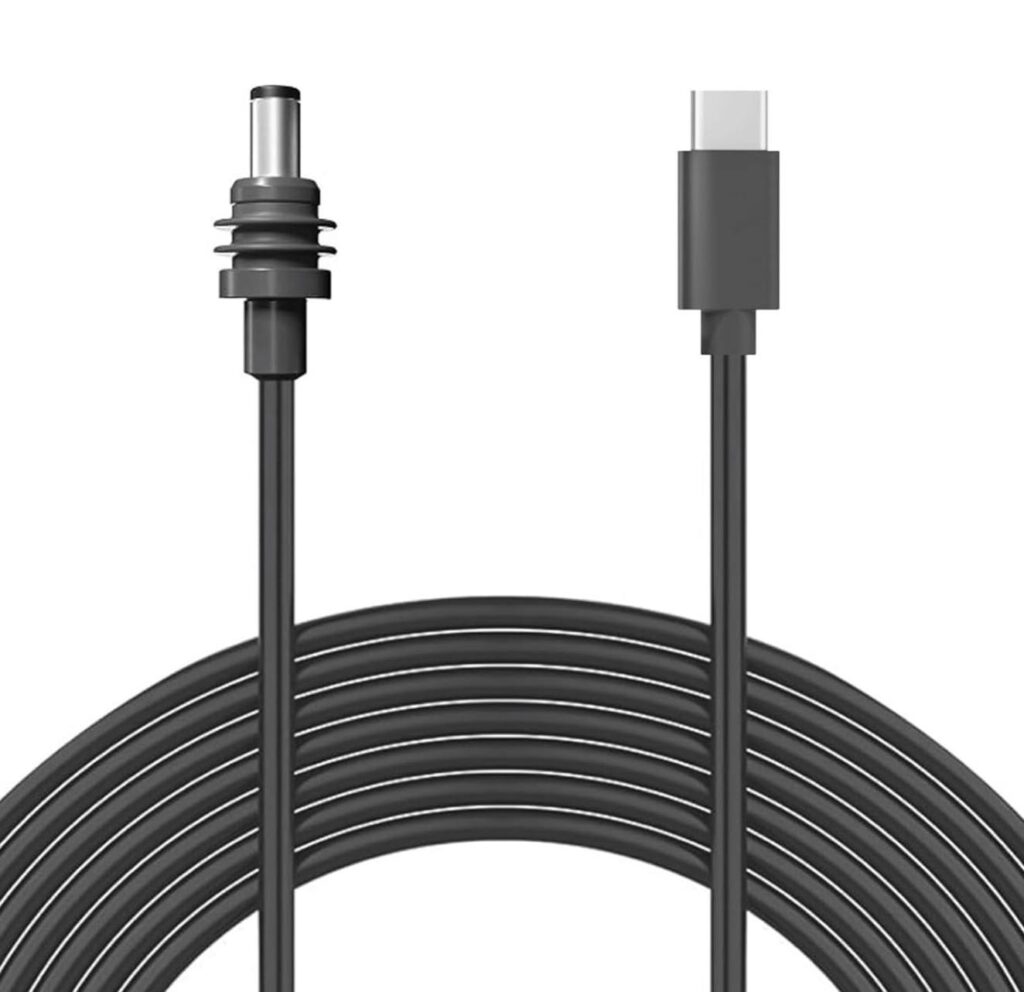
To make the setup even better, we purchased a Starlink-specific waterproof USB-C cable for outdoor use when camping. As I have access to a 3D printer, I used SDeath’s suction cup mount design from Thingiverse and paired it with suction cups from Amazon. This allows us to easily secure the Starlink Mini to our car’s glass roof, and it has enough airflow between the glass and starlink to stay cool thanks to the airconditioning in the car. On the road, we’ve been consistently getting around 100 Mbps, even at high speeds.

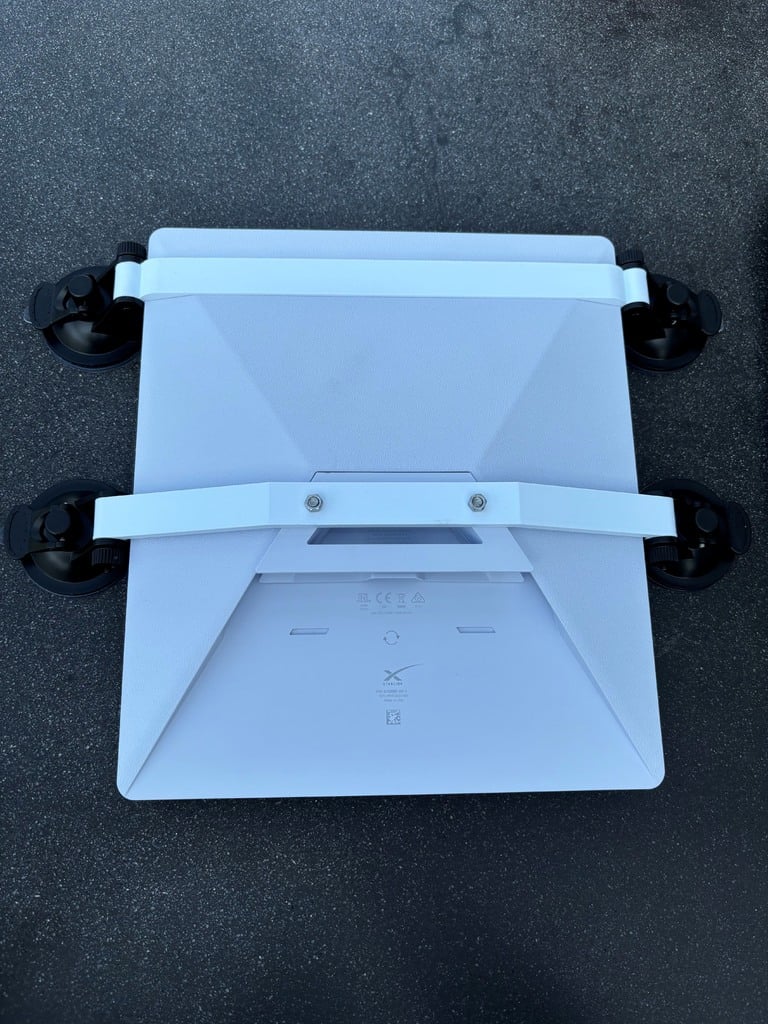
One issue we ran into was the Starlink shutting off when the car’s 12V system cycles during starts and stops. To fix this, we added an EcoFlow River 2 Pro. It’s a bit overkill with 800W, but it’s been perfect for running our Starlink and a travel fridge when off-grid and it was on a 30% off at the time so cheaper than the smaller bluetti we had our eye on. The power pack charges via the car and provides uninterrupted power for Starlink. You could use any power pack (much smaller and cheaper ones) with 60W USB-C PD output, but we liked this one for its versatility.

We’ve tested this setup on WA’s wide-open roads without any signal issues, and I’m keen to see how it performs on more challenging terrain like the Great Ocean Road and Tasmania.
Links to the products we have used:
